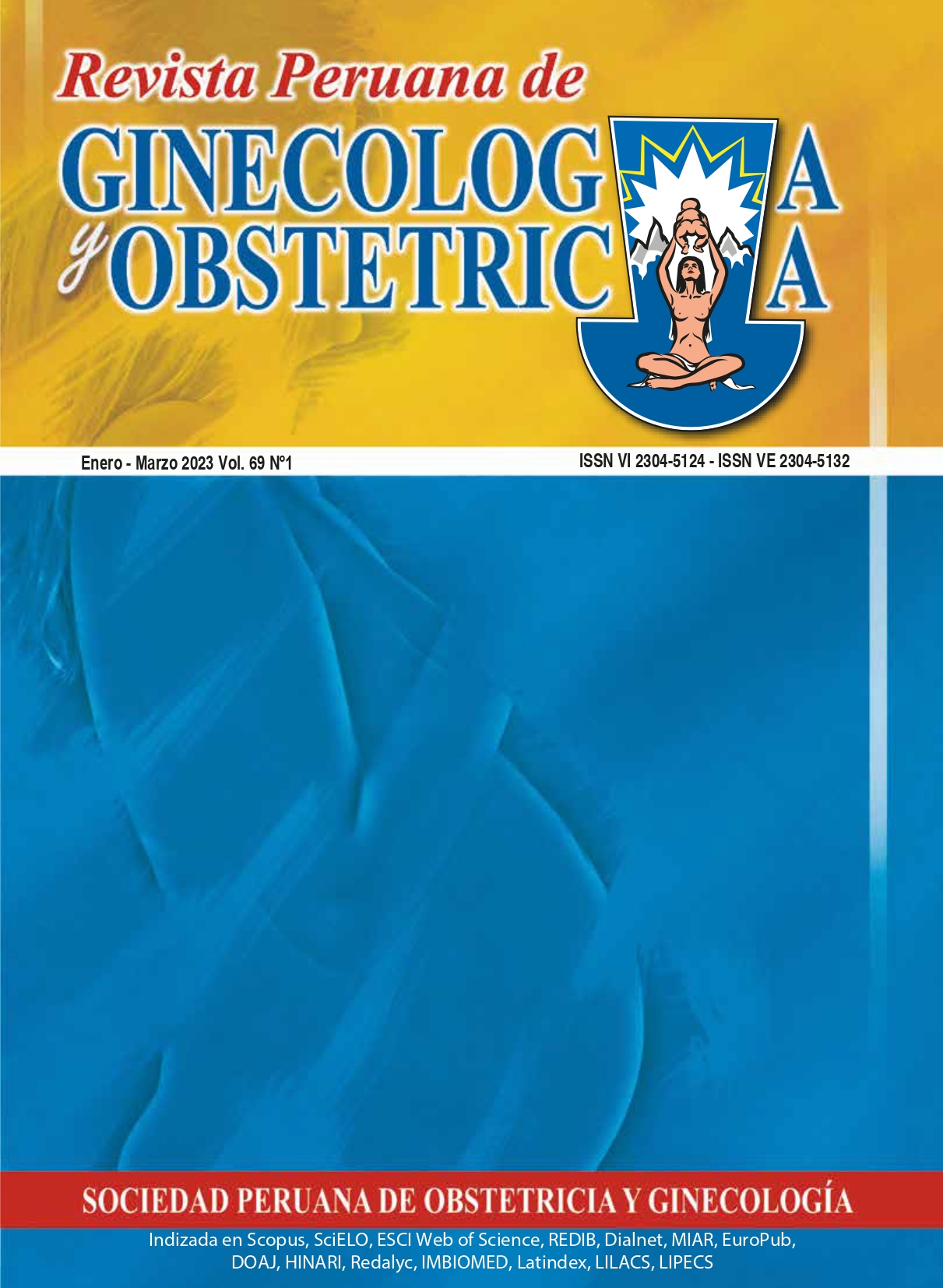Could magnetic resonance imaging contribute to detecting isolated fetal ventriculomegaly other than additional abnormalities?
DOI:
https://doi.org/10.31403/rpgo.v69i2473Keywords:
Fetal brain, Fetal ultrasound, HydrocephalusAbstract
Objective: To assess the role of brain magnetic resonance imaging (MRI) in fetuses
presenting with isolated ventriculomegaly (IVM) in the ultrasound (US) evaluation
of the fetal brain. Methods: US and MRI findings of 197 fetuses diagnosed with
IVM between November 2018 and November 2020 were retrospectively evaluated.
Fetuses with abnormal karyotypes, additional anomalies, or known etiologies for
ventriculomegaly were excluded. US and MRI findings were compared both in terms
of mean ventricular measurements and IVM grade. Results: MRI measurements
were significantly higher in mild IMV (10.33 ± 0.38 mm vs. 11.11 ± 0.51 mm, p<
0.001) compared to US. In mild IVM, MRI measured ventricles larger than US with
a mean difference of 0.78 mm. There was no significant difference in US and MRI
measurements in terms of mean values in moderate and severe IVM. There was
good agreement between US and MRI in detecting right, left and mean IVM severity
(Κ=0.265, Κ=0.324, and Κ=0.261, respectively). Linear regression analyses revealed
a statistically significant relationship between US and MRI measurements of the
right, left, and mean IVM (p<0.001, p<0.001, and p<0.001, respectively). MRI showed
perfect agreement with US in detecting IVM laterality (Κ=1.0, p<0.001). Conclusions:
In fetuses with mild IVM detected by US, fetal brain MRI evaluation should be
considered for accurate diagnosis. This approach may provide effective strategies in
the antenatal management and counseling of these pregnancies.
Downloads
Downloads
Published
How to Cite
Issue
Section
License
Copyright (c) 2023 Ibrahim Omeroglu, Hakan Golbasi, Baris Sever, Ceren Golbasi, Deniz Oztekin, Ozgur Oztekin, Atalay Ekin

This work is licensed under a Creative Commons Attribution 4.0 International License.
Esta revista provee acceso libre inmediato a su contenido bajo el principio de que hacer disponible gratuitamente la investigación al publico, lo cual fomenta un mayor intercambio de conocimiento global.
















